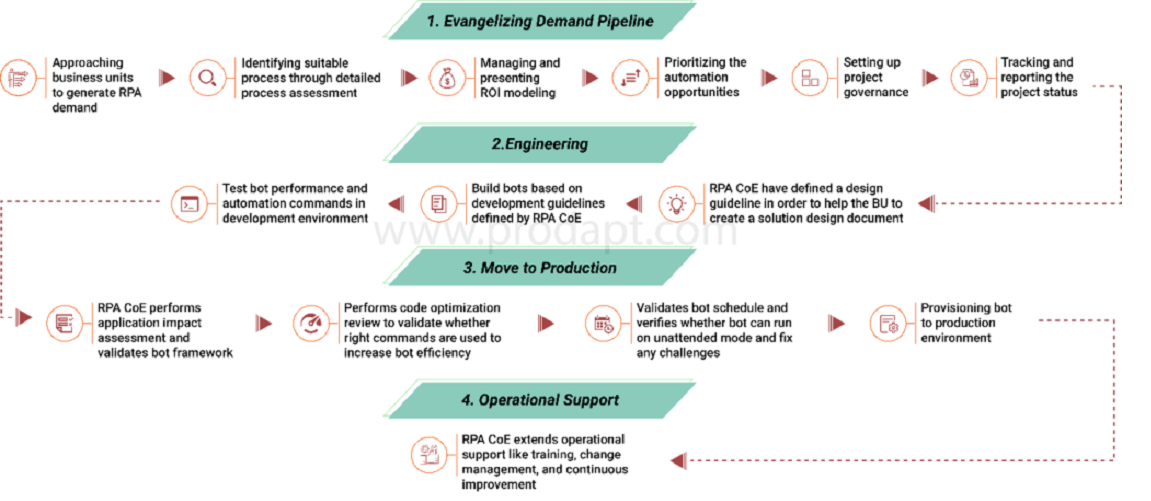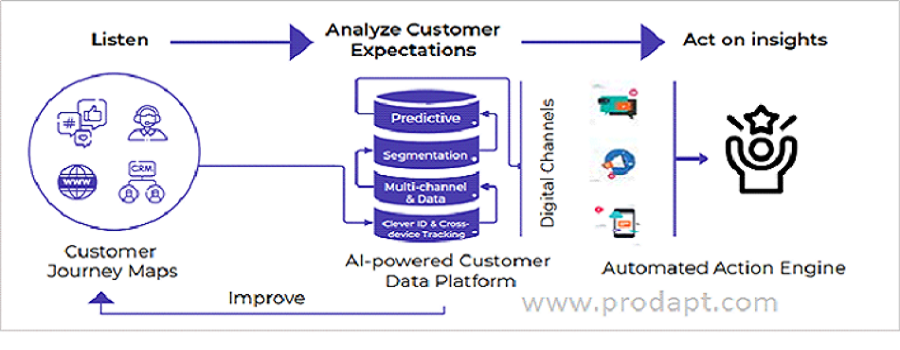To stay relevant in today’s digital world, the service providers in the connectedness industry should simplify their business and transform themselves into a digital organization.
The road towards digital transformation is a business-critical one, and the service providers embarking on this journey will need to consider how each aspect of their business can be optimized to fulfill the new digital objectives. To optimize the existing processes and keep pace with the competition, service providers should bring the power of RPA in digital transformation.
Automation is not new and Robotic Process Automation (RPA) with its highly evolved level of sophistication, has made it a lot easier to automate processes across a variety of systems and technologies and reap tangible ROI in a very short time. RPA is a delightful journey, and the end-to-end lifecycle needs to be planned across the below phases to accelerate digital transformation.

To optimize the existing processes and keep pace with the competition, service providers should bring the power of RPA in digital transformation.


















